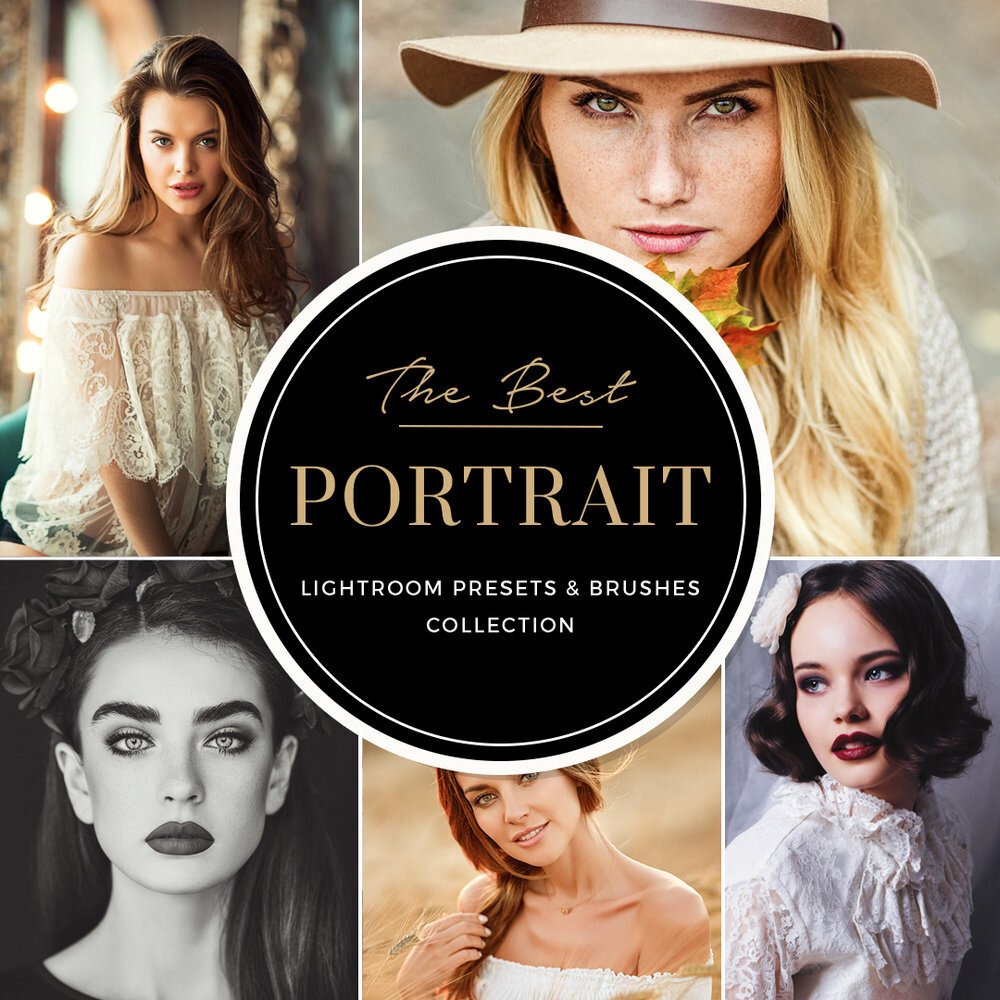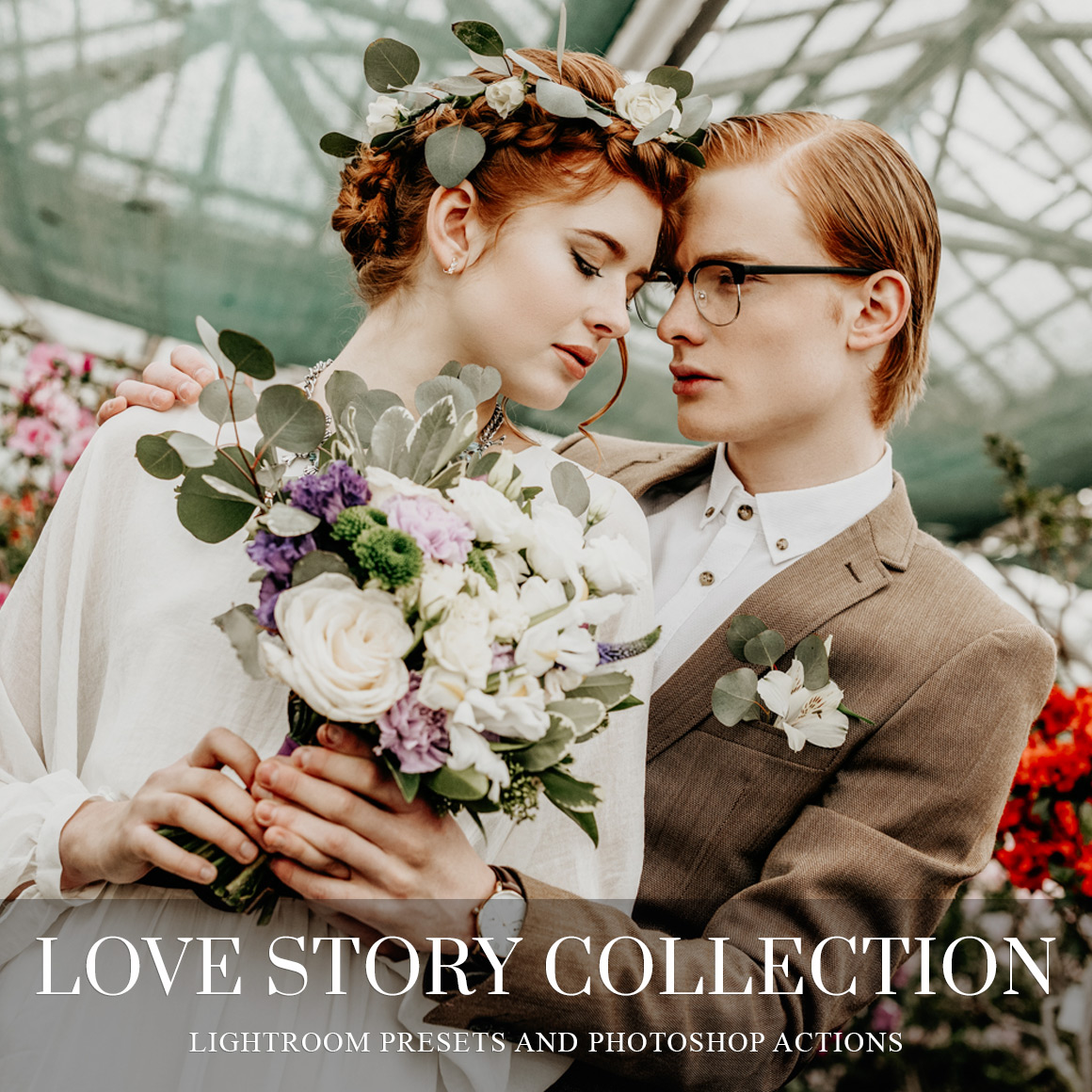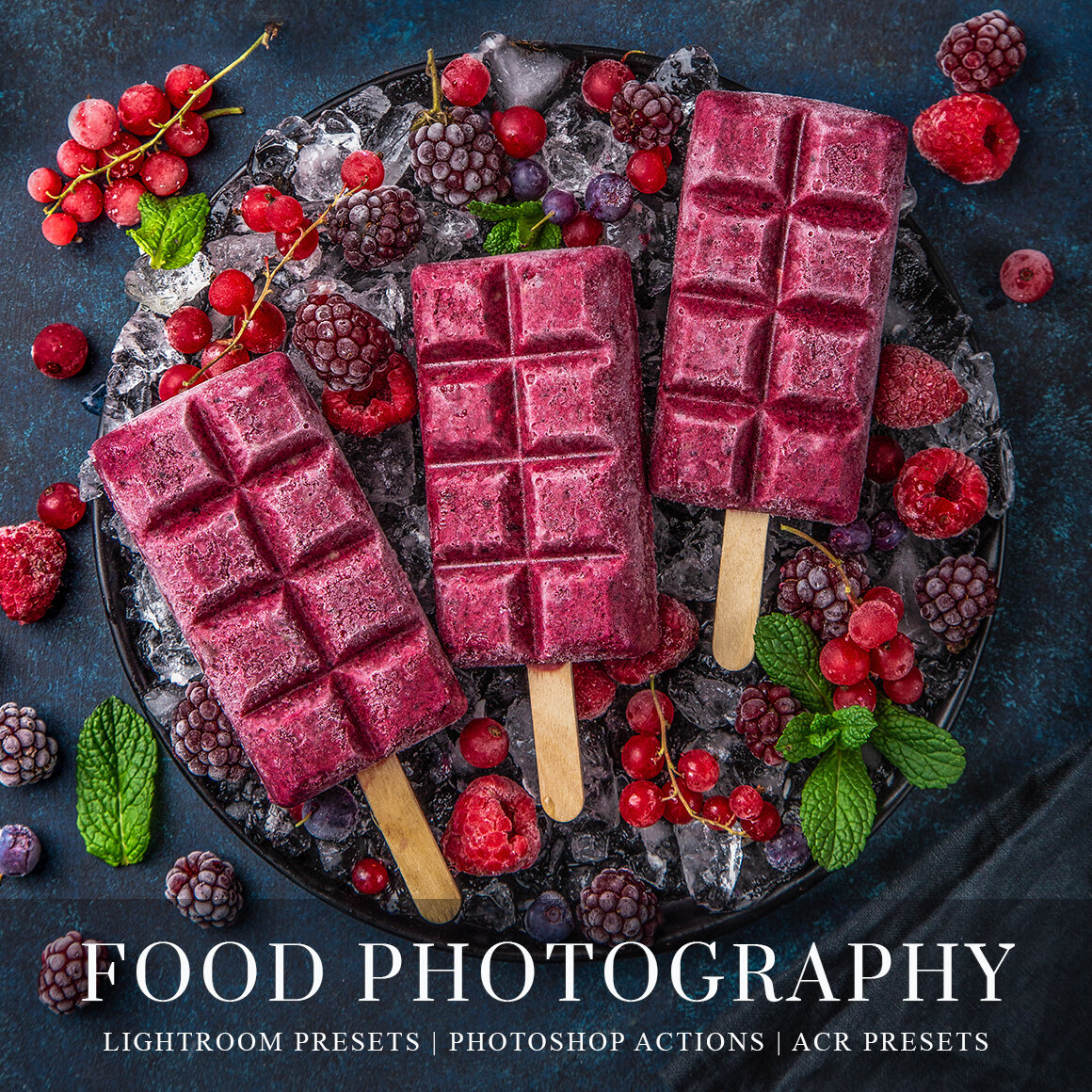Five Ways Modern Photographers Can Find Inspiration in Classic Art: A Modern Guide to Timeless Techniques
When surrounded by a world that lives within Instagram and apps that can edit nails on photos, there is something positively refreshing in looking at the past. With a host of opportunities, resources, and information, the modern photographer shooting with mirrorless cameras or leveraging the benefits of smartphone technology owes a lot to classical art.
The combination of the historical approach and modern technology empowers an opportunity to construct the subject with an unimaginable and exciting image.
Many people need to understand how intertwined classical art and modern photography are. Even before the beginning of photo capture, great painting and sculpture artists worked out complex ways of rending light, establishing points of view, and expressing intensity. These principles have not changed and are valid today, following the shift of the instruments and the artist's means.
Mastering Natural Light: Lessons from the Old Masters
Even though Rembrandt painted centuries ago, the way he applied light in his paintings affects photographers of the present. Natural lighting, as one is often made to understand, is one of the most complex forms of photography to master and becomes relatable or understandable when viewed from an art history perspective. Learning how the masters of old-treated light is one way to change how you want to approach your photography.
Window light provides a perfect starting point for understanding classical lighting techniques. Secondly, standing your subject close to a large window allows you to see the light shades on the face and other features, which is why Rembrandt's portraits are so dramatic. This technique, therefore, becomes potent during the golden hour, when natural light has the rich, non-tinted quality that Renaissance artists loved.
Contemporary photographers can find uses of this classical approach to light in one way or another. Whether you are shooting a close-up of someone's face, the jewelry on their neck, the visiting card on their pocket, or a particular object, be it a car or a cup of coffee, the fundamental ideas are the same. The secret is observation and timing – seeing how light transforms over the day and knowing where to place your subject to get the best results.
The Power of Color: From Canvas to Camera
While classical painters had to prepare their colors manually, modern photographers possess excellent color correction methods. Nevertheless, Weiner asserts that classical artists concocted the unassailable principles of color theory. Knowledge of these principles can transform photography from mere photojournalism to photo art.
Color management helps define the proper emotional response to images. The classical artists found this out through experience by using complementary colors to build up tension and analogous colors to build harmony. This information is helpful for all activities in photography, including selecting a shooting location, the model's outfit, or settings for color correction.
The contemporary digital technique of color grading is much stronger when it draws from color theoretical knowledge. Sometimes, we take a portrait photo of Van Gogh, and by analyzing how he used colors to express emotions and establish contrast and form, photographers will have a better foundation of how they, too, should work on color.
Timeless Composition: Beyond Basic Rules
Opening with the rule of thirds is helpful, but classical art will give you a more profound perspective. Logo designers are thus better off using the golden ratio, which has been employed for centuries by classical artists. This geometric theorem remains and manifests in many works of nature and even early art and design schools. It can be used by photographers today to develop new and different creative techniques in composition.
Studying classical composition is more than following the rules as a set guide. It's more about guessing the newspaper format and understanding the proportion between elements. Classical artists taught looking, and there are ways that they controlled the direction of the viewers' gaze, which are still used in photography. Grazing lines, compositions in which one picture is framed by another, and the often-scrutinized area left open are all classical in origin.
Emotional Storytelling Through Visual Elements
Renaissance artists had a well-developed sense of how to express a whole range of emotions in their art. This skill of narrating and influencing feelings has remained relevant to incredible photography. Contemporary photographers benefit significantly from analyzing how Italian artists painted history and human moments.
The crux of this statement is to grasp that it does not matter if it is a painted portrait or a photo; the picture tells us something about its subject. This is not just about capturing a smile or taking a picture from a viewer-friendly position. It is about making a picture that not only conveys a message, makes people feel something, or simply gives information that can be useful at every time and in every culture.
Styling and Props with Historical Influence
It is noticeable that modern photography needs can be complemented by using classical components in styling a photo shoot and selecting accessories for it. This does not impose the idea of copying historical scenes but will show how the classical component can enrich present images.
This is where the use of texture is very important in the approach above. Antique artists knew that various materials—fabrics, metals, objects of nature—could introduce depth and a layer of significance into their creations. Today's photographers can follow the same tactics by using appropriate props and styling components to make images look more meaningful and visually compelling.
Creating a Bridge Between Past and Present
The secret to success in photography is to continue from where the artists with prior skills and knowledge left off but apply modern techniques and perspectives. The aim is not to mimic classical approaches but to work out what is being done and how those practices can be implemented today. Photography is a new method combined with an ancient one to practice and achieve one's style while at the same time producing images that will remain timeless.
Contemporary photographers have state-of-the-art utilities, such as way-enhanced digital cameras and special edition software. However, the norms of generating great graphic designs have remained the same. By learning classical art, photographers can bring themselves from mastering the specific techniques to become artists.
Looking to the Future
This highlight is significant as photography is a constantly developing discipline due to the latest technologies appearing continually, and from classical art are becoming increasingly relevant. They are safe bases from which new frontiers can be launched while guaranteeing that the core elements of dynamic graphic artwork are not compromised.
It is not about selecting between classical and contemporary composition styles—it is about how to do both. It does not matter if we are photographing people, nature, or objects; learning and then applying these fundamentals of composition will assist in making photographs that people will look at, relate to on an emotional level.
Remember that excellent photographs, like any other type of art, are all about establishing communication, and it's done. Realizing these goals, classical artists' works help modern photographers improve their skills while hoping to remain original. The result is photographic images that are much more than people and places—they are beautiful frozen moments of time and space.
Keywords: photography ideas, references to art, art and actual light photography, color in photography, composition, emotional photograph, styling, contemporary photography, influences in art, photography tutorial.
Get Free Presets for Lightroom created by top photographers to update your presets collection, save down on editing time, and open up new artistic horizons.

















